- Pilot Assisted: Pilot-Operated regulators are preferred for high flow rates or where precise pressure control is required. A popular type of pilot-operated system uses two-path control. In two-path control, the main valve diaphragm responds quickly to downstream pressure changes, causing an immediate correction in the main valve plug position. At the same time, the pilot diaphragm diverts some of the reduced inlet pressure to the other side of the main valve diaphragm to control the final positioning of the main valve plug. Two-path control results in fast response and accurate control.
- Back Pressure: Backpressure regulators control the inlet pressure rather than the outlet pressure. The selection criteria for the backpressure regulator is the same as for a pressure reducing regulator.
- Tank Blanketing: Tank Blanketing or padding, is the process and practice of covering the surface of a stored commodity, usually a liquid, with an inert gas. If that commodity is volatile or toxic, tank blanketing can prevent it from harming workers, equipment, and the environment. When the commodity is a food or other substance, blanketing protects it from oxidation or contamination through exposure to air or moisture. In most cases, tank blanketing gas is pure, dry nitrogen. Blanketing can prevent liquids from vaporizing into the atmosphere and can maintain the tank’s vapor space above a flammable or combustible liquid to reduce potential ignition while pumping. It can make up the volume of liquid displaced in or out of a tank or it can make up volume caused by thermal changes of the tank’s contents, preventing the creation of a vacuum or excess operating pressure that could damage the tank. Vapor recovery systems are mainly used to prevent toxic vapors from escaping into the atmosphere. When adding liquid to the tank or when the outside temperature rises, causing the vapor inside the tank to expand, the vapor recovery system senses the increase in tank pressure and vents the excessive tank pressure to a vapor recovery system.
- Stem: stem is used throughout industries for process and space heating. Within the process industries, steam is used in oil refineries; pulp and paper mills; chemical production, such as ethylene and ammonia; food and grain processing; and textiles. Refineries and chemical plants use steam tracing to reduce pumping costs of viscous material and prevent freezing of process piping. Steam is used for heat exchangers and reactors to assist or create process chemical or thermal reactions. Paper mills utilize major steam generation systems to generate power and to dry paper products. Steam is widely used for district energy systems found in major municipalities and central plants of universities and hospitals. To minimize piping cost, steam is generated and distributed at much higher pressures and temperatures than required by the processing load. GSSE regulators are utilized in these applications to reduce the steam pressure to a usable level and to accurately maintain process fluid temperatures.
- Direct Acting
- Pilot Assisted
- Back Pressure
- Tank Blanketing
Manufacturing and process plants use compressed air as a power supply for many devices within the plant. Plant air, also called shop air, is used for cooling and as a power source for pneumatic tools, sand blasters, sprayers, conveyors, robotics, and other mechanical tools. Instrument air is used to power instruments, such as controllers, positioners, switching valves, panel loaders and volume boosters. Plant air or shop air runs from the compressor throughout the plant. Pressure reducing regulators control the pressure to devices at each point of use of the air line. Instrument air can come from the plant airline or they may be separate air lines throughout the plant. In either case, the air supplied to the instruments must be cleaned and dried before it enters the instruments. Filters and dryers remove dust, moisture, and other debris from the air.
- Direct Acting: Direct-Operated regulators are the simplest style of the regulators. At low set pressures, typically below 1 psig / 0.07 bar, they can have very accurate (±1%) control. At high control pressures, up to 500 psig / 34.5 bar, 10% to 20% control is typical. In operation, a direct-operated, pressure reducing regulator senses the downstream pressure through either internal pressure registration or external control line. This downstream pressure opposes a spring which moves the diaphragm and valve plug to change the size of the flow path through the regulator.
Direct-operated regulators have many commercial and residential uses. Typical applications include industrial, commercial and domestic gas service or instrument air
Liquid Service: Any substance that is capable of flowing or of being poured is known as a liquid. One of the most common liquids that we come in contact with on a daily basis is water. Other liquids include detergents, paints, aqueous chemicals, fuels and oil. Liquids differ from gases as they are incompressible and viscous. Because of these characteristics, special consideration must be given when selecting a regulator. All regulator parts that touch the fluid must be compatible with the fluid. The regulator design may require modifications or special materials.
- Direct Acting
- Pilot Assisted
- Back Pressure
- Tank Blanketing



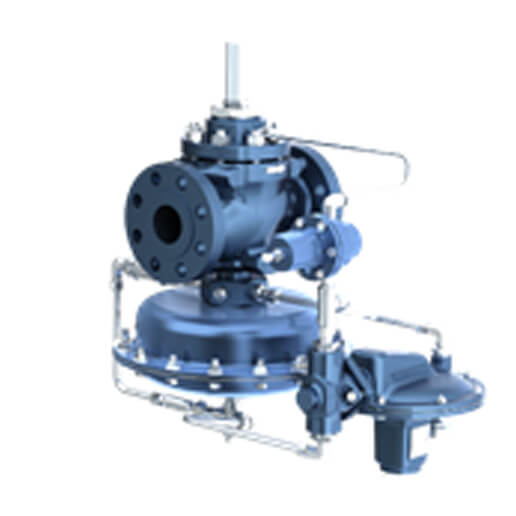
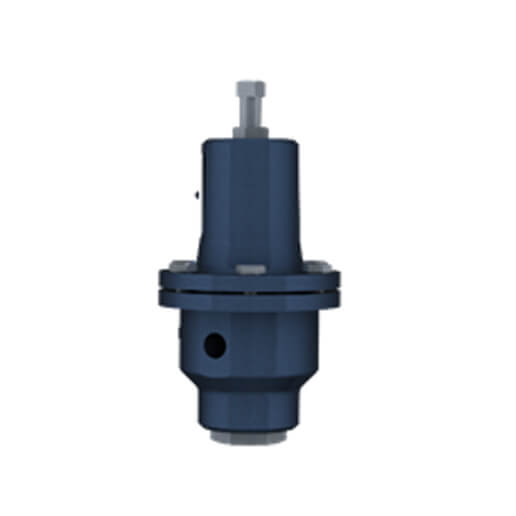
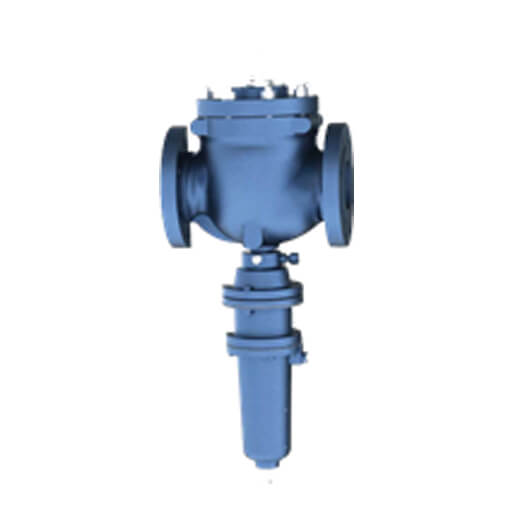
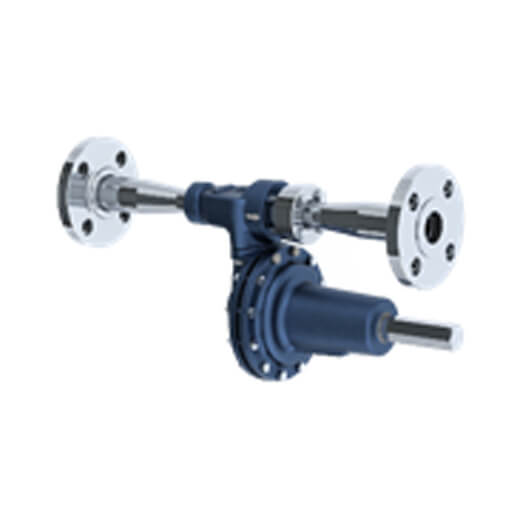
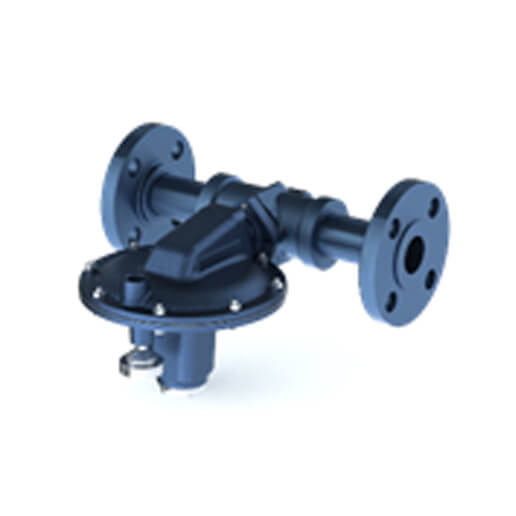
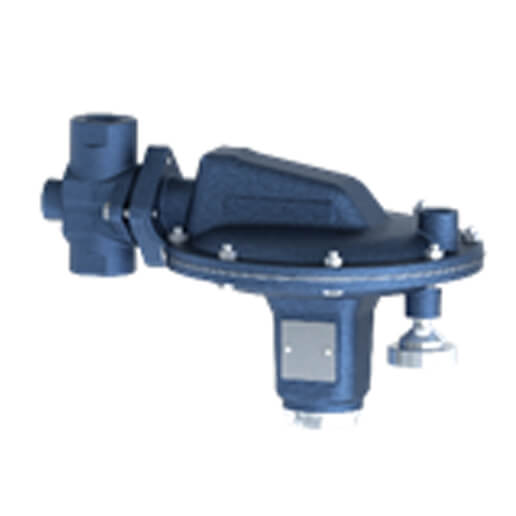
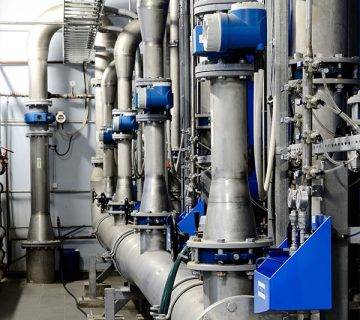
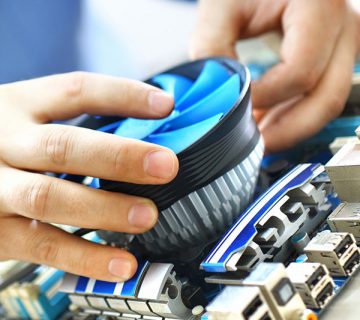
No comment